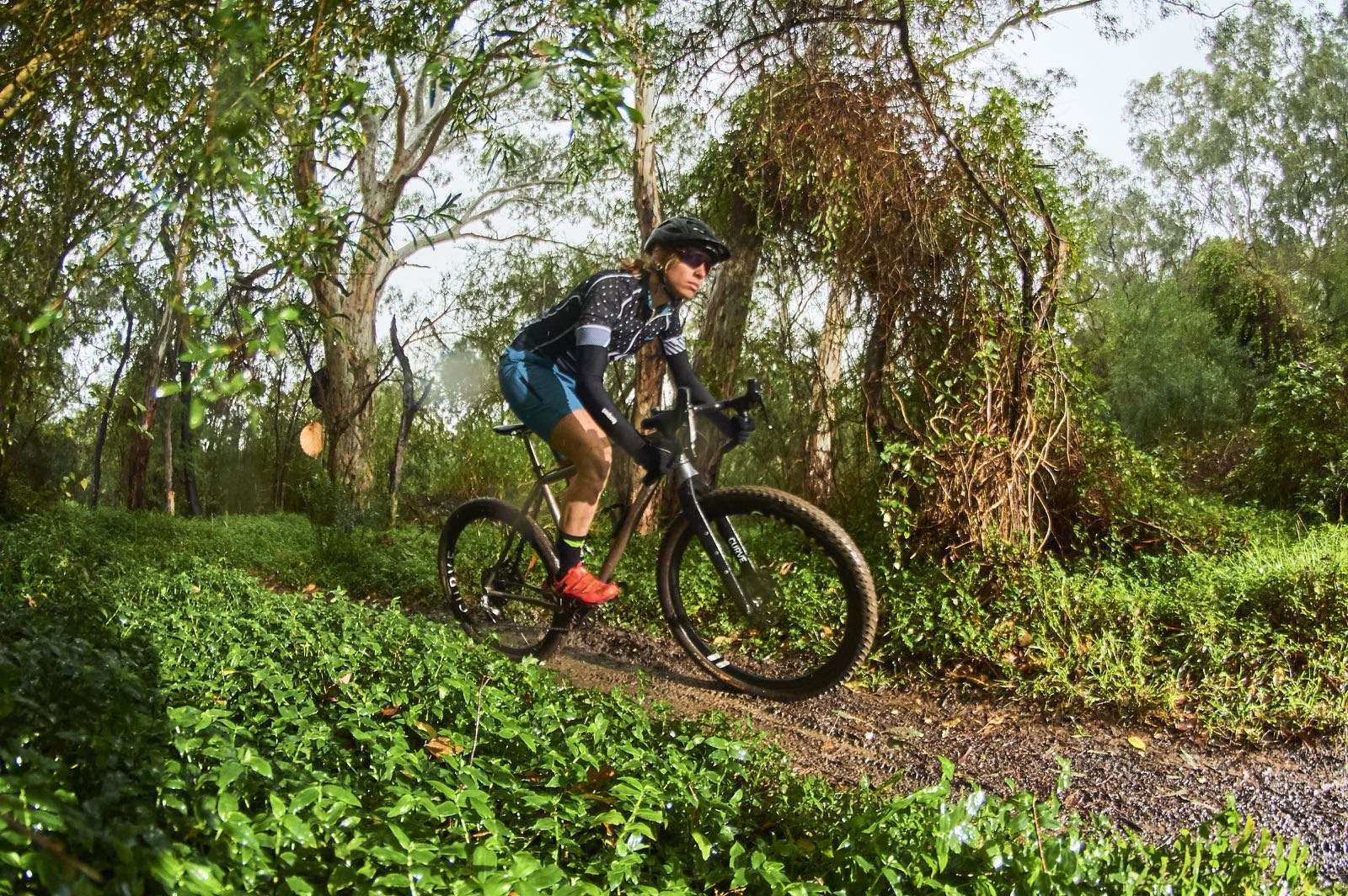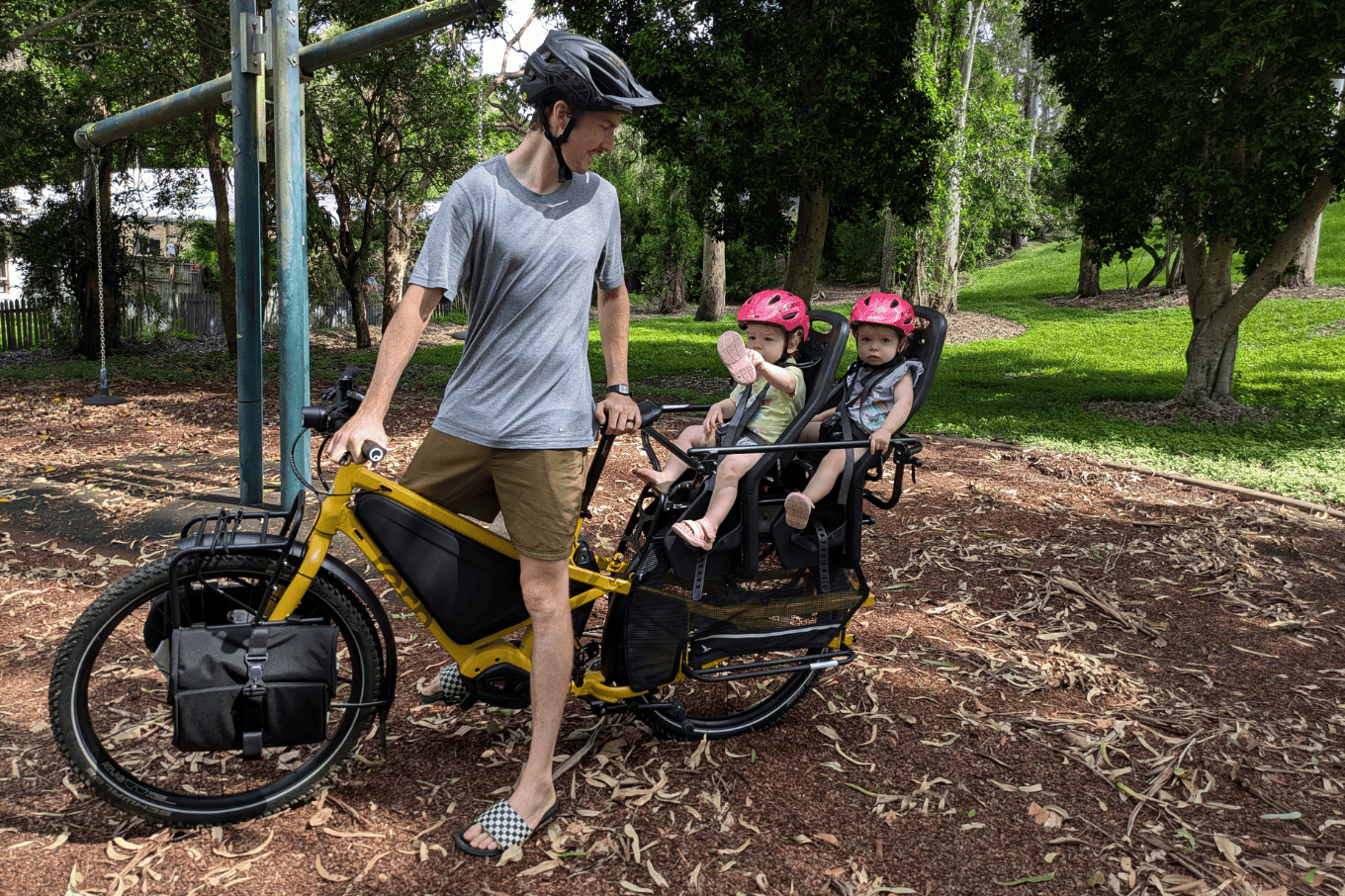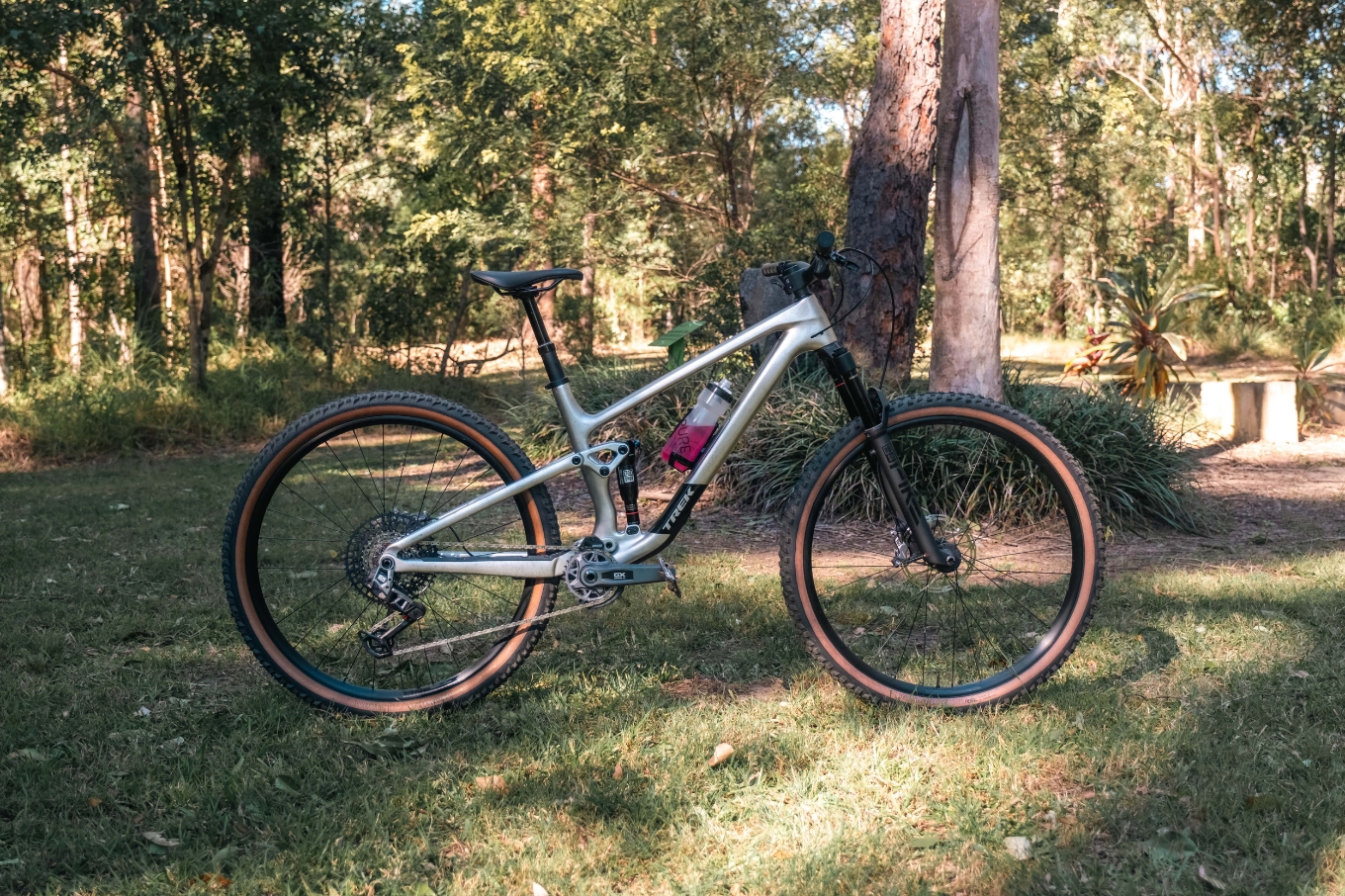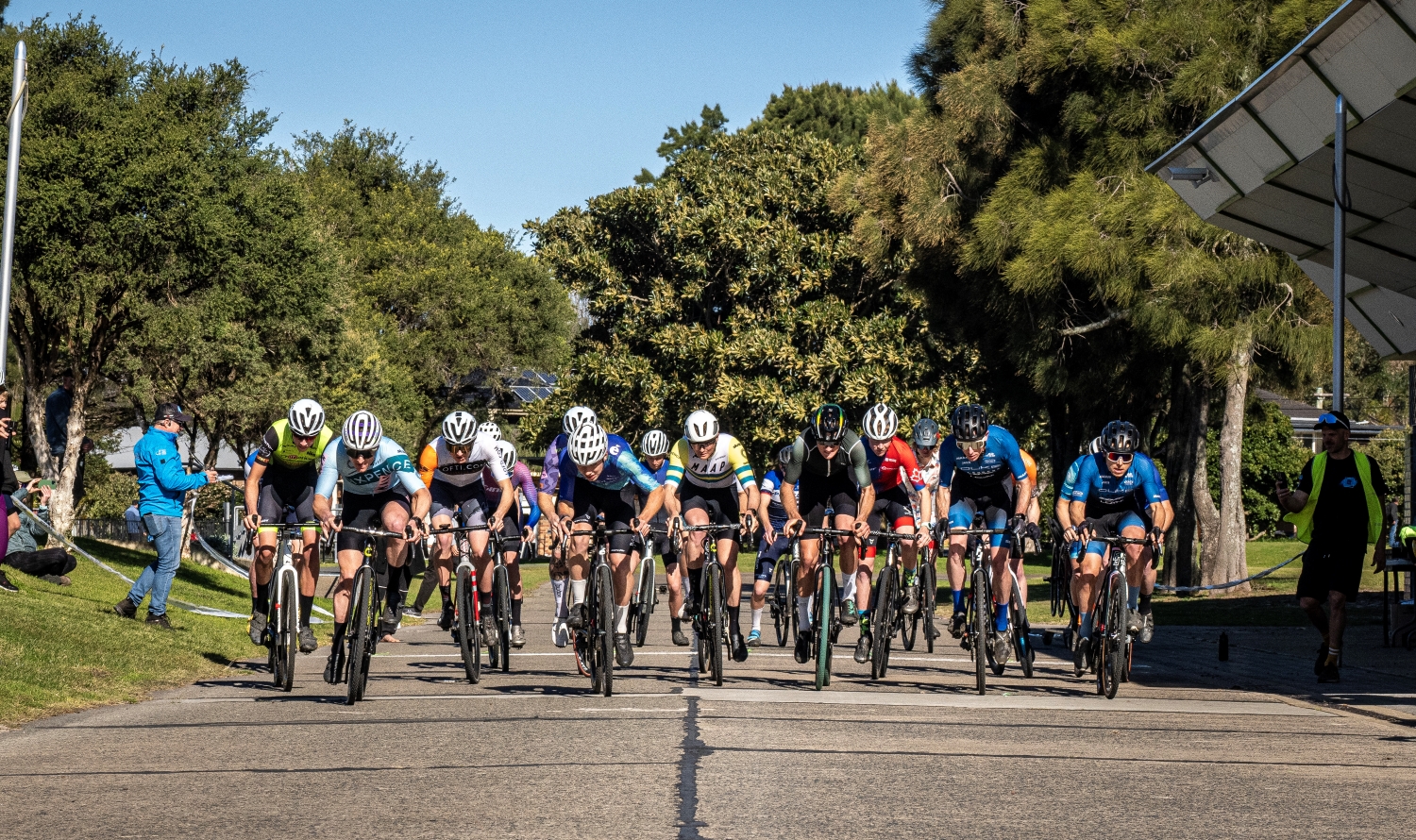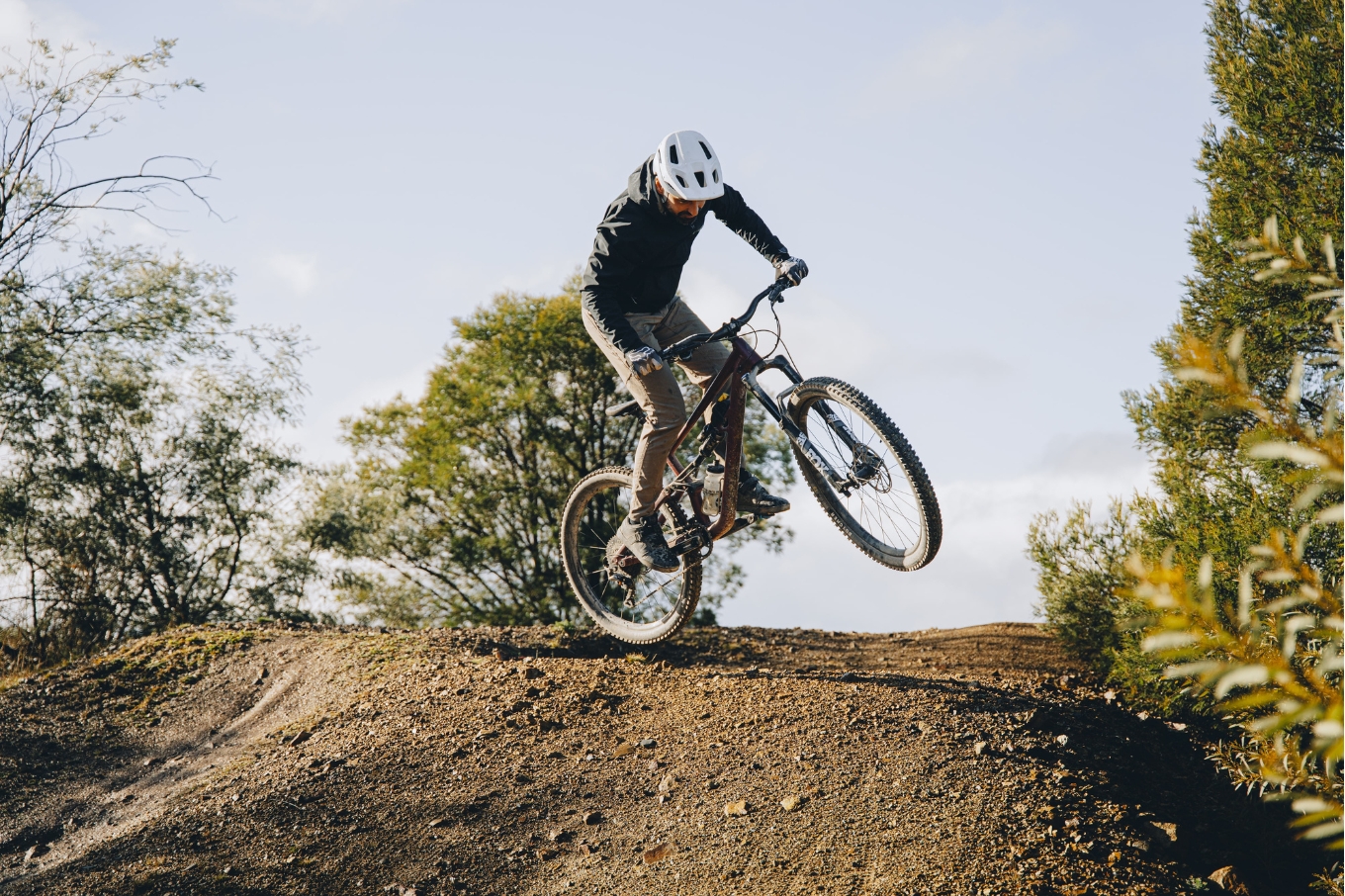Why drops aren't wrong
As mountain bikers we are often quick to recoil at the sight of a bike with drop bars - but is that to the detriment of our riding experiences?
Images: Andrew Railton
Australian Mountain Bike magazine has been published for well over twenty years, and as the name suggests, the title encompasses everything and anything to do with mountain biking, and mostly in Australia. We've seen a lot in that time. We've seen a talented Aussie junior become a World and Tour de France champion on the road. We have witnessed a group of riders from Tropical North Queensland dominate racing and trail design around the world, and we have seen countless Australian mountain bikers earn rainbow stripes in various categories and disciplines.
Over that time, bikes have come and bikes have gone. Components, too, have evolved such that, watching a video of the 1996 World Champs at Cairns the other day, I realised that the machines we ride now are barely recognisable as the same breed – a mountain bike. Even today, mountain bikes range across an impressive spectrum, such that a full-blown DH rig might be closer to a motocross bike than a whippet XCO hardtail…
My question is this: Why is it that many of us seem wed to a pretty narrow definition of what a mountain bike, or mountain biking, should be? The appearance of a bike with drop handlebars, for example, always causes a stir here at AMB.
Sure, road bikes don't have a place here – but in my view, nearly all bikes that go off-road do – from cyclocross bikes to newer gravel-grinding rigs and all the hybrids in between that are right now emerging from the depths of the brands R&D departments.
Cross fever
With sharper angles than a mountain bike, cantilever brakes or disc brakes, and tyres about 33mm wide, they're certainly no road bike. And a good cross rider will rip around a cyclocross course of mud, sand, stairs, and barriers a lot faster than they would on either a road or mountain bike – plus there’s the impressive ballet of dismounts, flying mounts, and shouldering that make a CX race a truly theatrical event.
Cyclocross is no outlier sport – we all know it’s massive in Europe, big in the States, and on a meteoric rise here. Just look at some of the numbers racing – in B-grade women at a local Victorian event a month or so ago, there were between 40-and 50 competitors – imagine a field like that at a National XCO round or at one of our biggest marathons!
Right now, the National Cyclocross season is getting cranking, and the first two rounds have already run – in Queensland of all places! Better than that, cyclocross racing is arguably stronger at a state or regional level. Clubs and promoters are running races in and around Melbourne, Sydney, Adelaide, Canberra, Newcastle and Brisbane – better than that, they are drawing big crowds, both on the bike and off. Cyclocross has fallen under MTBA's wing, and rightfully so. Many of our top CX racers have come from a mountain bike background, including current National Champion Paul van der Ploeg.
Drops beyond racing
But what if a bike has some knobby tyres, drop handlebars, and doesn't look like it's all set to attack a field for an hour of competitive madness? Well then perhaps you are looking at something different. Brodie Chapman tested a prototype Monster Cross bike from Melbourne-based Curve. It can take a big 29” tyre, runs hydraulic disc brakes and pretty much uses a mountain bike gear range. The Gurve GMX has far more stability than a cyclocross bike, and actually at a glance looks to have more in common with a 29er hardtail save for the wide drop handlebars. So what does that make it? It's not really a mountain bike – but does that matter?
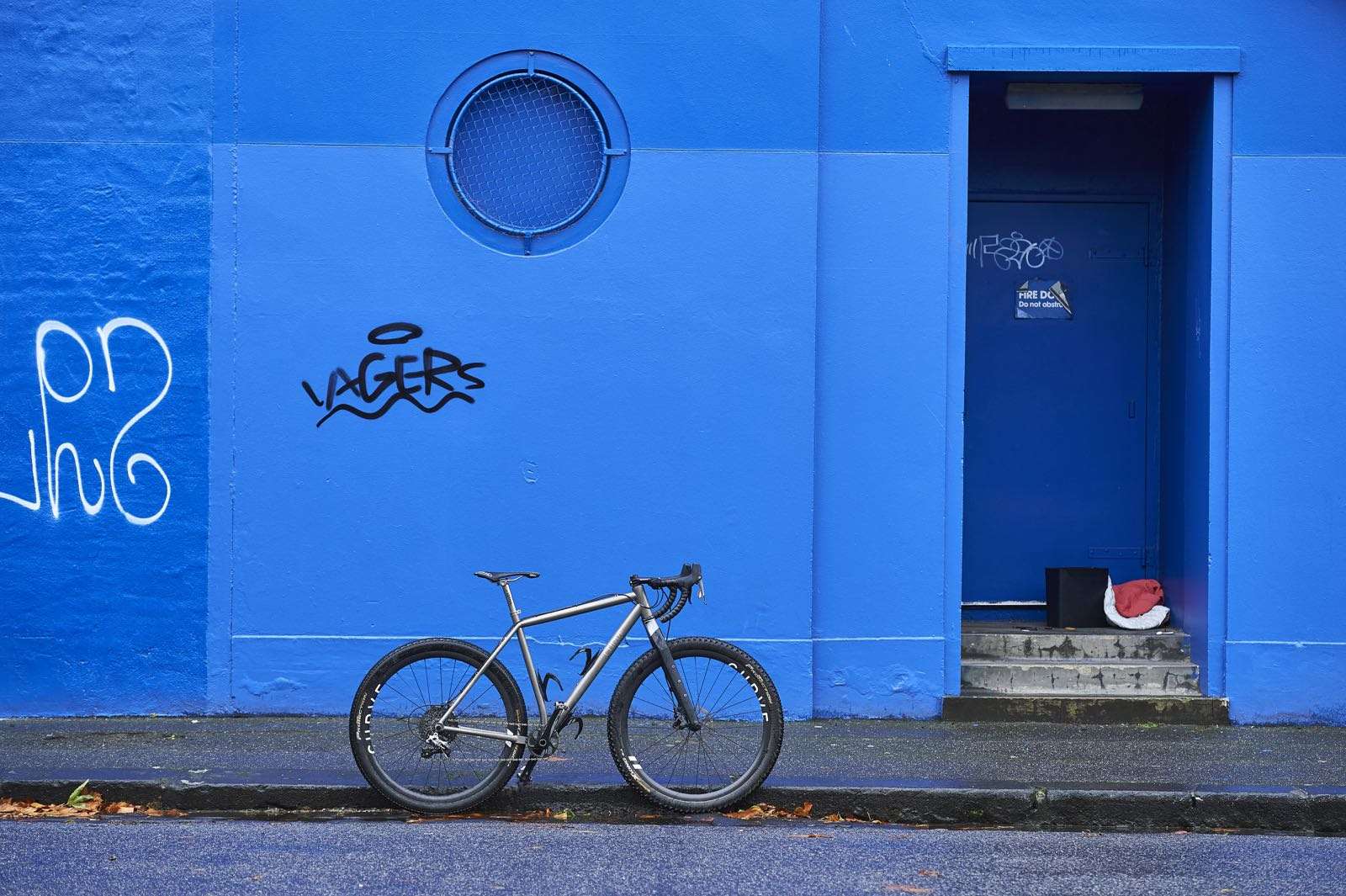
Dropping through history
Do some quick Googling of John Tomac and I'm pretty sure an image will pop up of Tomac crossed up on a mountain bike, with a Tioga disc rear wheel and drop bars. If you're not quite sure who you're Googling, do some more investigation. John Tomac has been one of the most versatile cyclists of all time, ripping on the road, ripping cross-country and also downhill right to the very top of a World Cup level. He could ride, and he knew what worked off-road.
The dropped advantage
So what's it all about? This is far from a suggestion that you should go and get new shifters and handlebars, it is more about understanding why bikes have drop bars, and why they're still suited for use off-road. It is well worth reading Brodie's review of the GMX, as drop bars can put you in the right place for particular styles of off-road cycling. Not only can they help you travel long distances more efficiently, but if your setup is right, the feeling of security from being on the drops with plenty of weight on your front wheel to push through a berm is like nothing else.
Drops for the future
As our beautiful sport expands, it's worth understanding what we're looking at. First and foremost, any bike is a tool for adventure. It may not be being used as such – but a bike can and should take you places. As cyclists in general are looking to push the boundaries of where they might go, and what they might explore, bikes are following. And that is why we're seeing bikes on the spectrum from road to mountain start to merge a little more in the middle. Chances are, those bikes will still deliver the joy of unexpected two-wheel drift, the pleasure of cornering around a tree, and the sheer freedom that off-road riding has always given us.

